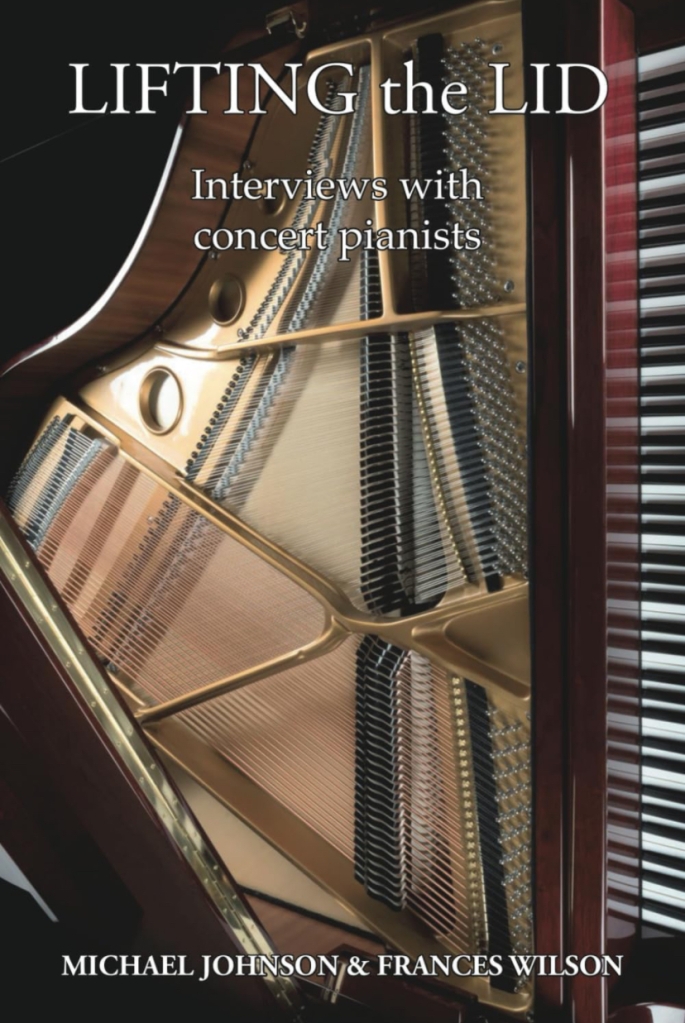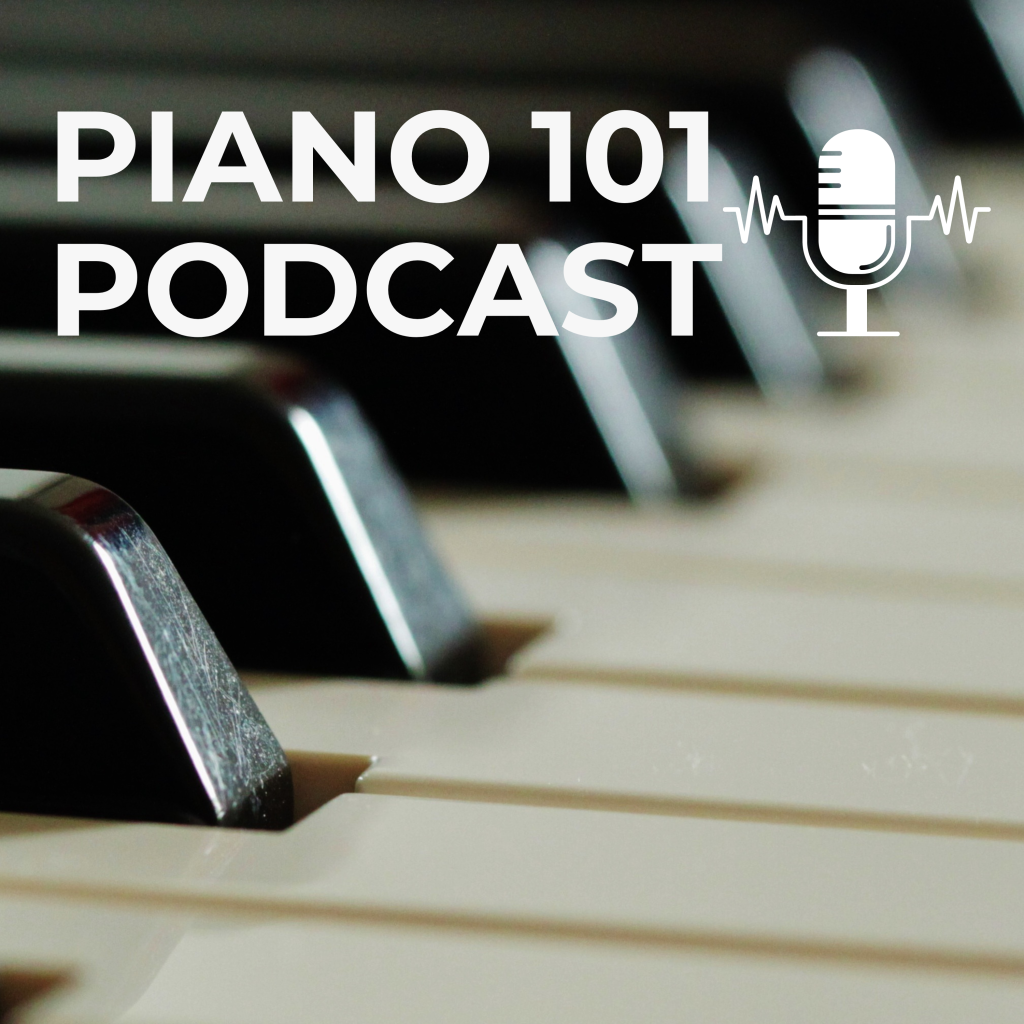
I have British pianist Joseph Tong to thank for introducing me to the wonderful piano music of Jean Sibelius: Joseph played a selection of miniatures, ‘The Trees’, at a concert for my local musical society, which revealed the variety and expressive qualities of Sibelius’ writing for the piano, too often overlooked when compared to the statue and popularity of his symphonies.
Joseph is a keen champion of Sibelius’ piano music and has traveled to the composer’s home in Finland to play his piano. In his recordings of Sibelius’ piano works, Joseph seeks to demonstrate the composer’s command and understanding of the instrument through a selection of works written during the main periods of the his creative life. There are crisp textures, folk melodies, rhythmic dances and imaginative part-writing. This volume contains Sibelius’ most significant large-scale work for piano, the Piano Sonata in F, Op 12, and one of his best-loved orchestral transcriptions, the Valse triste, which opens as a melancholy waltz that grows into something more far expressive, romantic and upbeat (though always tinged with poignancy, not unlike Ravel’s La Valse).
The miniatures on this disc, the Six Bagatelles, Five Characteristic Impressions and Four Lyric Pieces have a quirky individuality, with their hints of folk idioms, lyrical melodic inspiration and pianistic challenges. Joseph is alert to the changing characters and moods of these miniature marvels and brings warmth and affection to his sound and interpretation.
In planning the running order for the disc, Joseph wanted to combine “large-scale works with shorter pieces (or sets of pieces) in a way which might mirror a concert programme” and so the recording closes with a fine reading of Sibelius’ early Piano Sonata in F, a large-scale work rich in late-Romantic expression which fully utilises the modern piano’s resources. It has a Rachmaninoff-like spaciousness to it – the piano music of both composers seems to acknowledge and express the vastness of their homelands (even when writing in miniature form), though Schumann is a more likely influence in Sibelius’ early piano writing. The first movement certainly shares Schumann’s extrovert exuberance and brilliance. The middle movement, Andantino, is more restrained, a simple hymn-like melody with an accompaniment of syncopated chords, which becomes more florid in the middle part of the movement. The finale is rambunctious cheerful rondo, driven by its motoring rhythms and busy theme, which ends in virtuosic cascades of notes.
Like the previous volume, this is a rewarding compilation, revealing Joseph’s affinity with the music and its composer in his depth of tone, varied colours and musical understanding. The recording quality is excellent, with an immediacy of sound which suggests a live concert performance (and I was fortunate to hear Joseph perform the Piano Sonata and shorter works at his recent concert at St John’s Smith Square to launch this recording).
Sibelius’ piano music is accessible and satisfying to play, and I urge pianists to seek out this excellent survey.
Recommended





